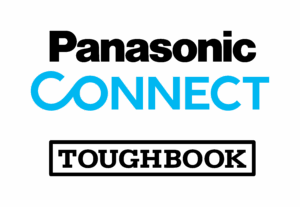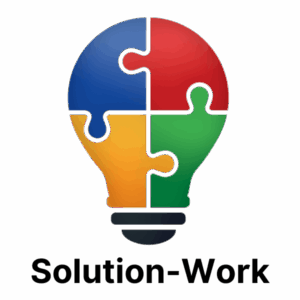A.T.U Auto-Teile-Unger GmbH & Co. KG
Weiden in der Oberpfalz, Home Office
GUT Certifizierungsgesellschaft mbH für Managementsysteme Umweltgutachter
Berlin
Sparkasse Rhein Neckar Nord
Weinheim
RZH Rechenzentrum für Heilberufe GmbH
Wesel
Meistgelesene Artikel

1. Dezember 2025

1. Dezember 2025

19. November 2025

19. November 2025

15. November 2025






